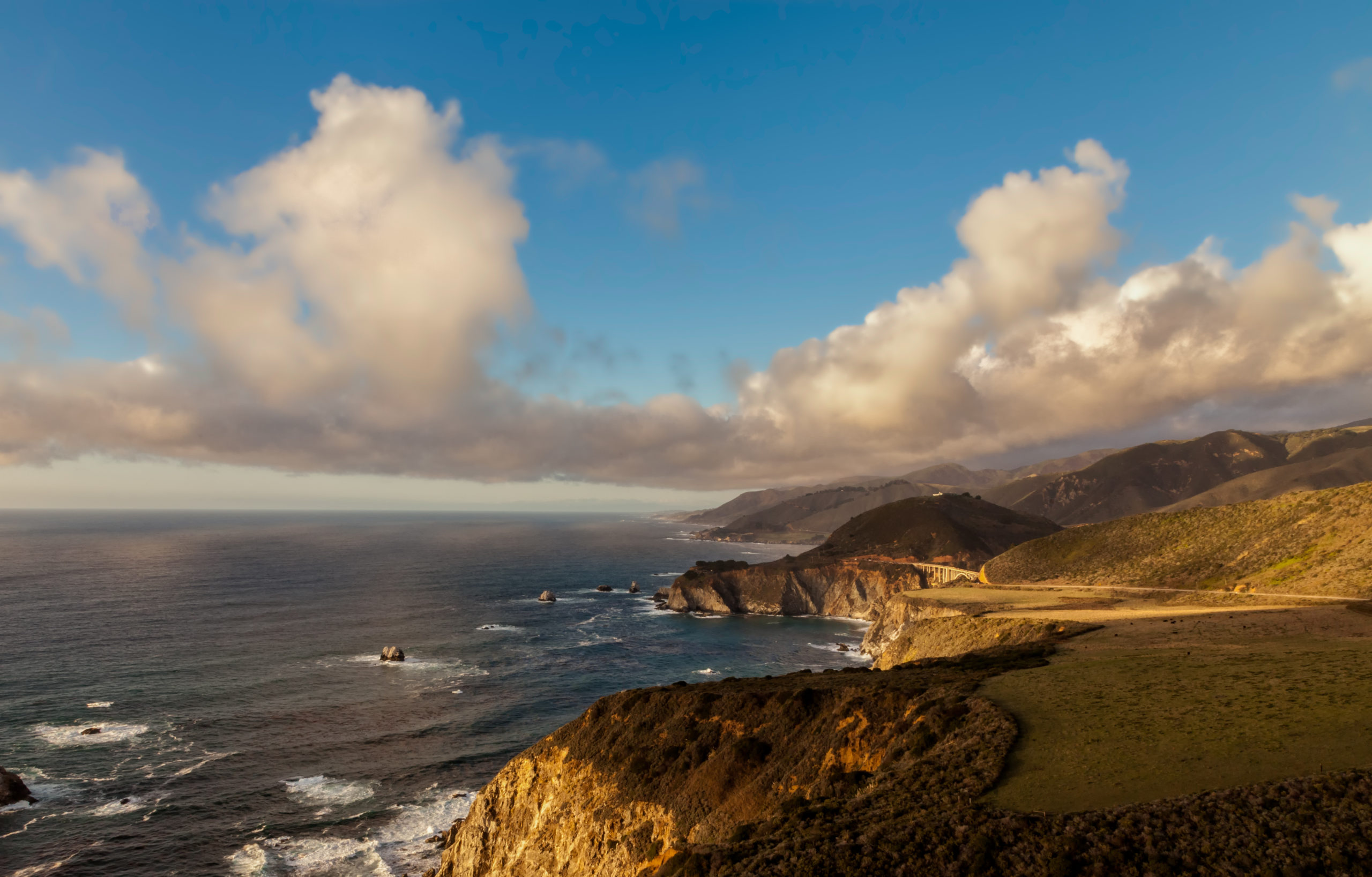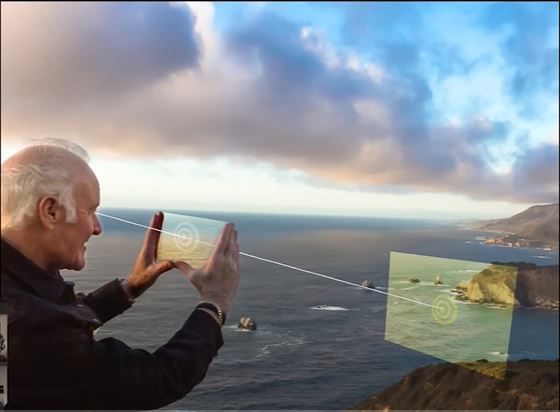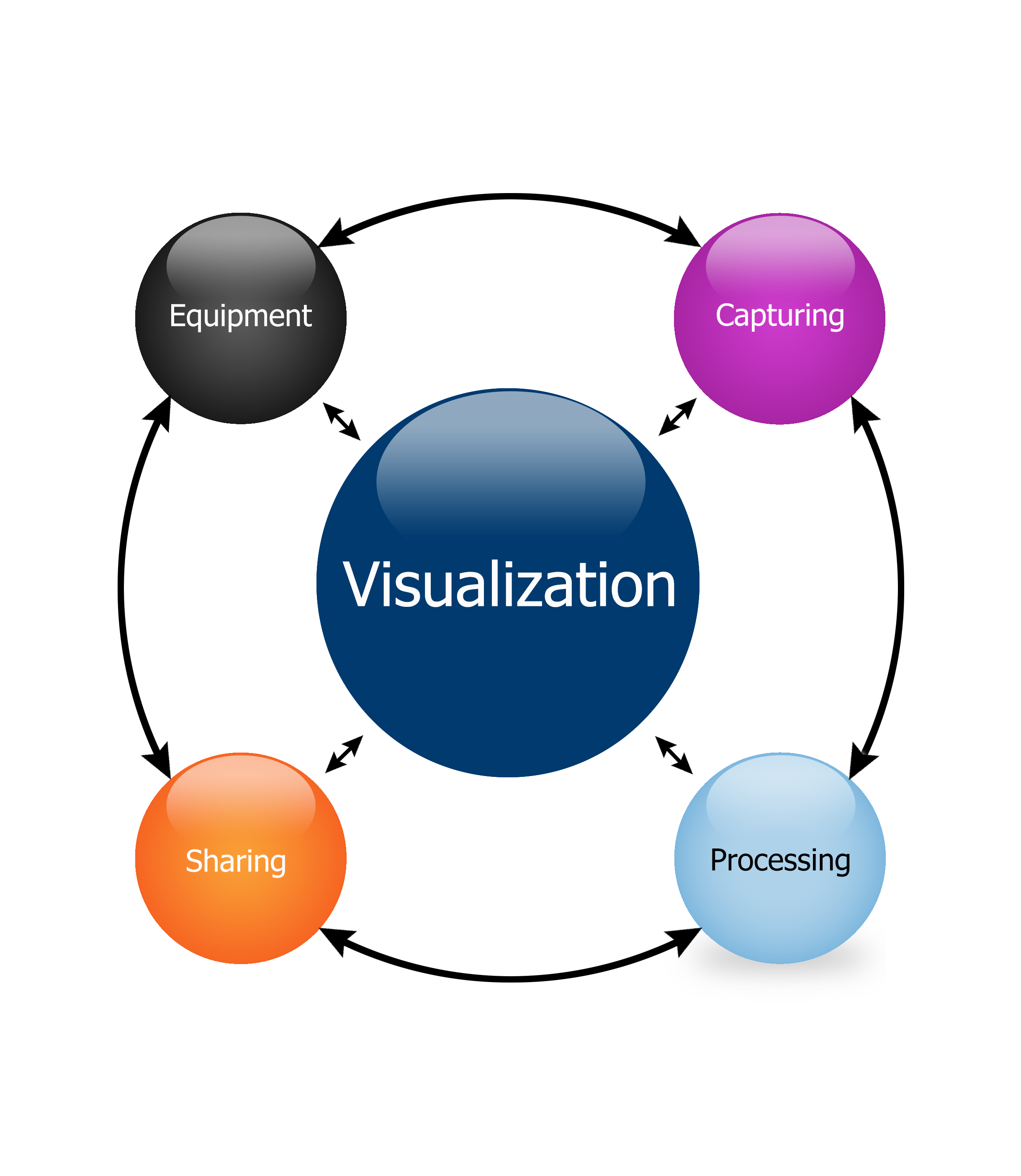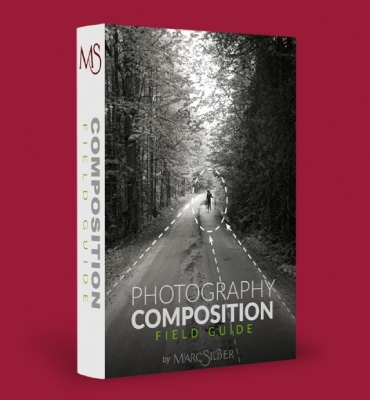Meteor Shower
You don’t need a telescope or binoculars, just your eyes and your camera !
1. What is the Perseids?
The Perseids is an annual meteor shower that occurs from July 17 to August 24. These meteors, or “shooting stars,” are about the size of a grain of sand and cause the air around them to heat and illuminate as they fall. They will appear anywhere from faint streaks to bright fireballs and can be seen across the sky, but are most prominent in the northern hemisphere. At times, about 50 to 60 meteors can be seen per hour – that’s about one every minute! On August 12, the meteor shower peaked when Earth passed through the densest, dustiest area of the Comet Swift-Tuttle. At this point, about 200 meteors per hour lit up the night sky per hour!
Shooting stars fall over a wind farm (2015). All the red lights are on top of wind turbines. Photo Credit: mLu.fotos
“Perseids” comes from “Perseides” in Greek mythology, or the son of Perseus. Perseus, like a father, is the constellation that these meteors seem to fall from, like sons. The meteors are also sometimes called St. Lawrence’s “fiery tears.” This is because the meteor shower peaks around August 10, the date of St. Lawrence’s martydom of being burnt alive on a gridiron in 258 AD.
Timelapse photo of the Perseids above Black Rock Desert, Nevada (2015). Photo Credit: Trevor Brexon
2. How can I photograph the Perseids Meteor Shower ?
Supplies: Camera (including battery and power source), tripod, and memory card (64GB could get you through a night).
Location: Go to a dark rural or suburban area where you have a good view of the sky. Beyond lots of sky, a great photo could include other natural and human elements of the landscape. Remember, your eyes take about 30 minutes to adjust to the dark. If it’s a clear night, set up your camera and tripod quickly so you don’t miss any good shots. If it’s cloudy, try again the next night.
Annually, the Perseids Meteor Shower peak around August 12-13, which coincides with a new moon. This means optimal viewing conditions of clear, dark skies. This year, though, the waxing gibbous moon will cause some light pollution and potentially make it more difficult to capture crisp images of the meteor shower.
A fireball falls through a faint glow cloud of debris at Mt. Helmos in Klitoria, Greece (August 2016). Photo Credit: Christos Doudoulakis.
Focus: Position the camera slightly away from the radiant point of the meteor shower, either northwest to northeast. This is so that the meteors don’t seem to fall right at the camera and you can catch longer light streaks from the side.
You want to obtain an accurate infinity focus. If you arrive at your location before sunset, pre-focus your lens and then tape the focus ring so it won’t move. If you arrive after dark, focus on the moon or something bright.
Use your widest angle lens, at least f/2.8 and preferably f/1.4, and the highest ISO that can provide the best results for your context, usually ISO 2000. Lower lens aperture means more light enters the camera and you can capture twice as many meteors.
Exposure: Aim for 15-20 seconds exposure. You can put your camera in continuous drive mode, which means you hold the button down and photos are taken until you release. Lock the button down using a cable release.
The longer you wait, the more meteors you’ll catch!










Leave A Comment
You must be logged in to post a comment.